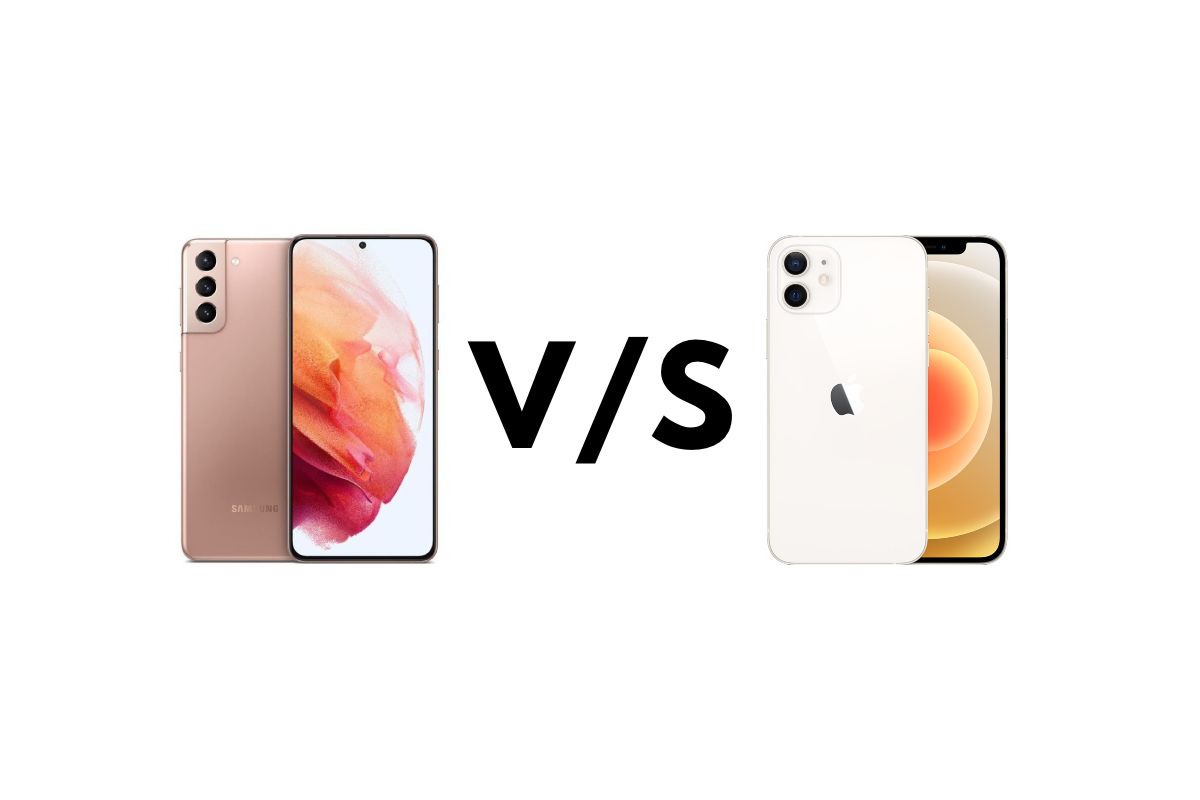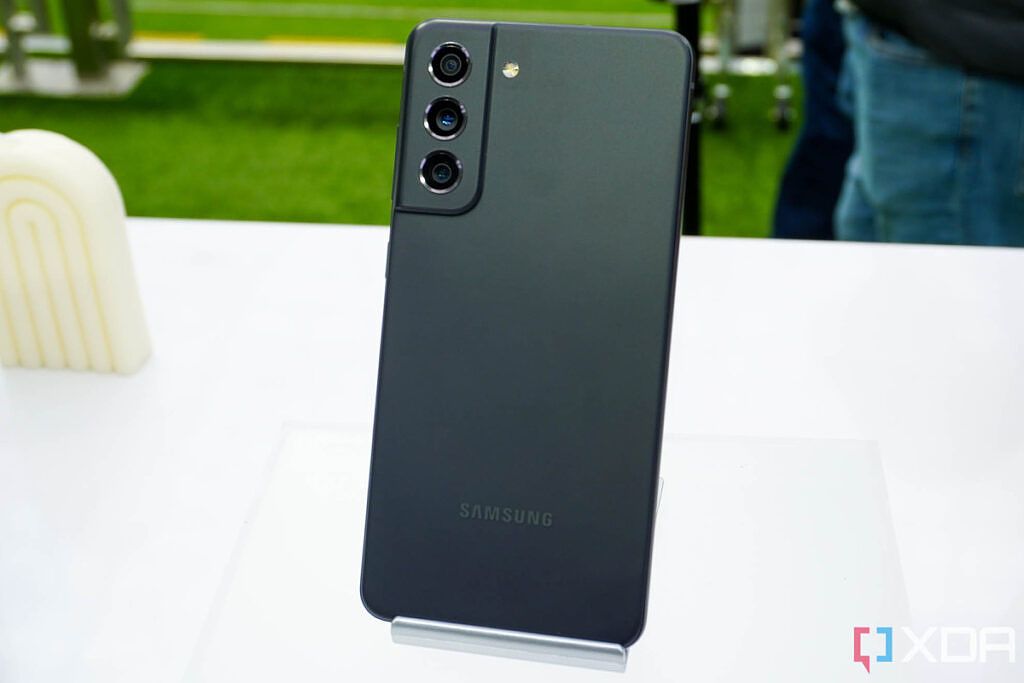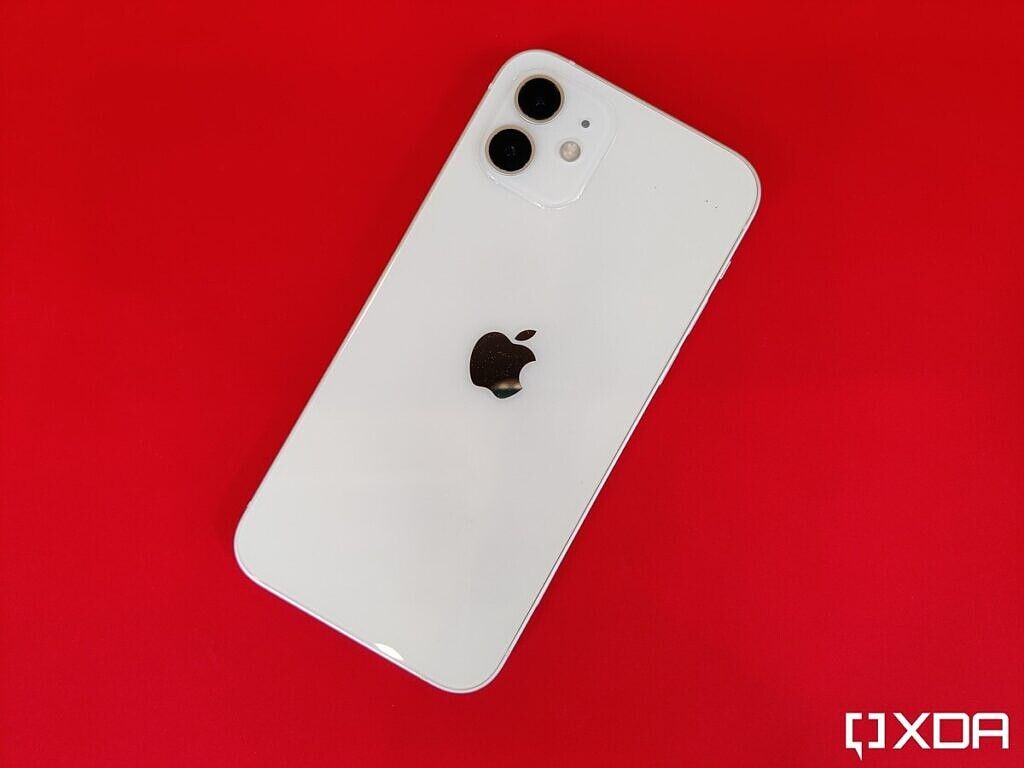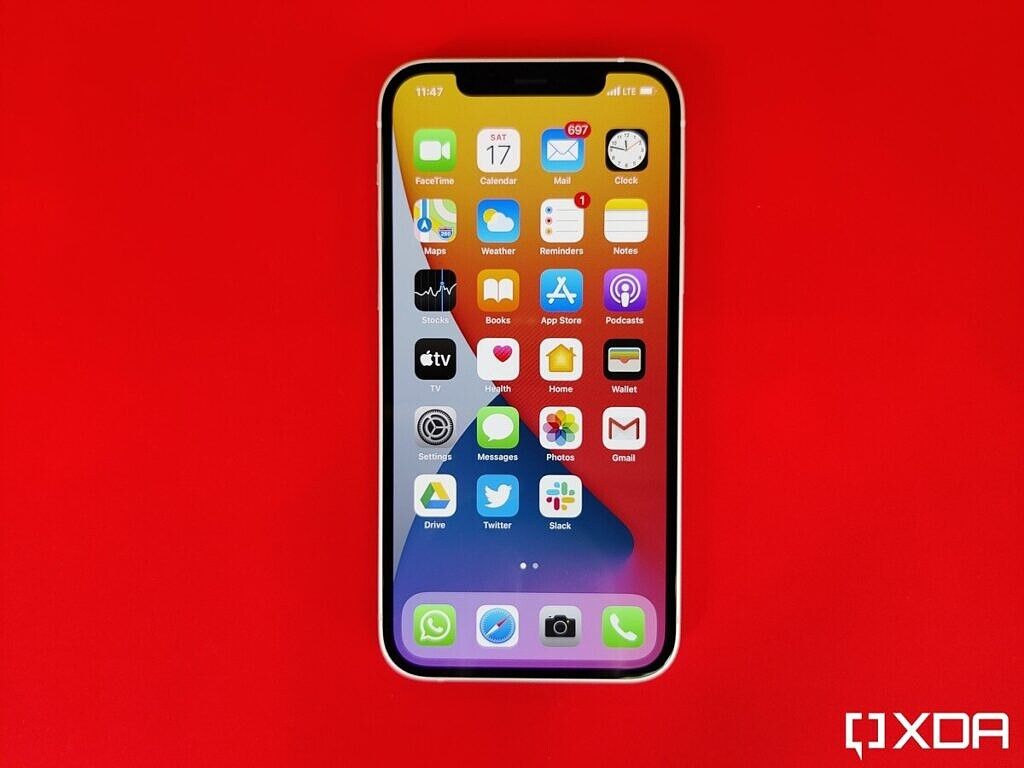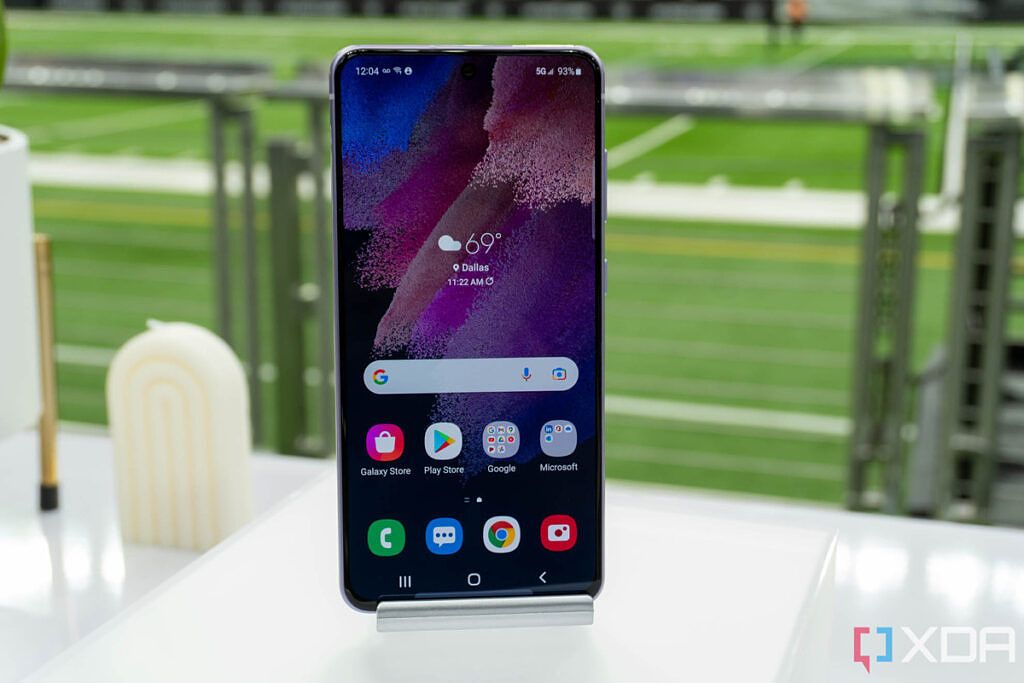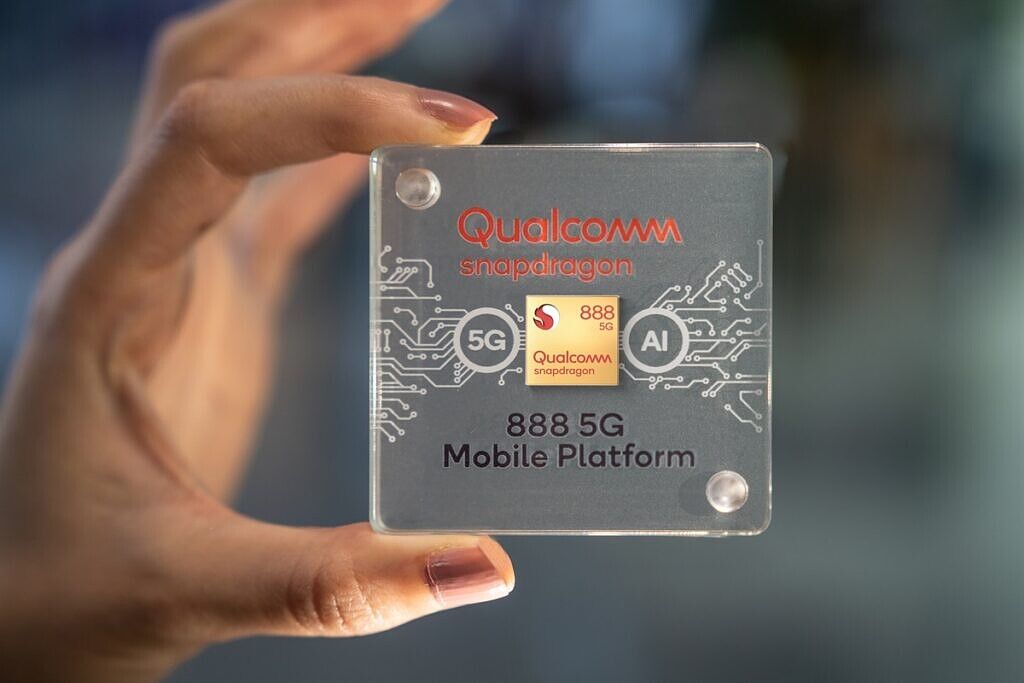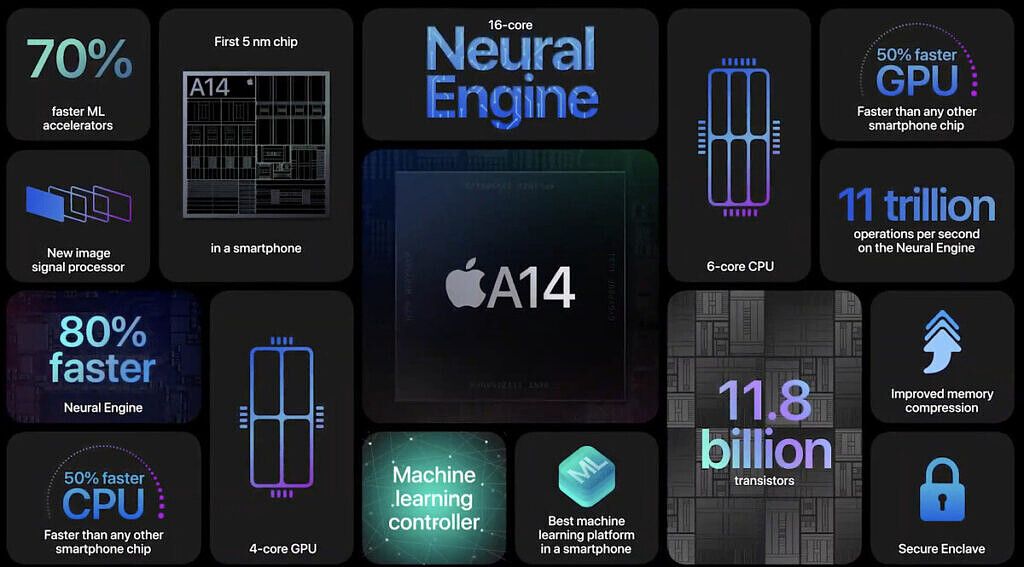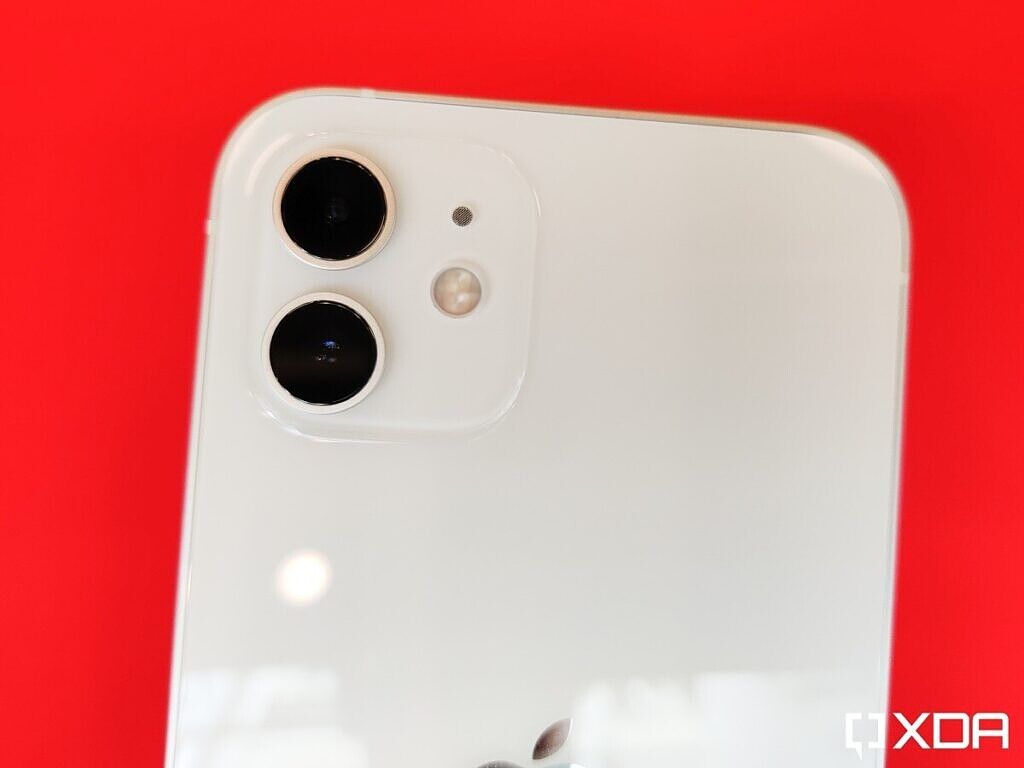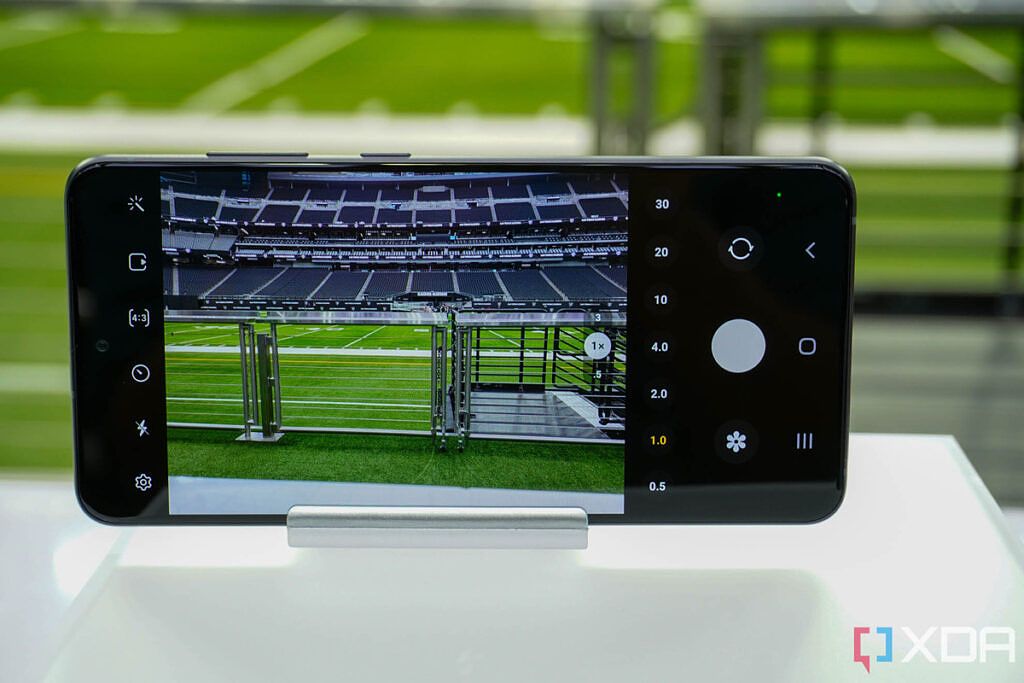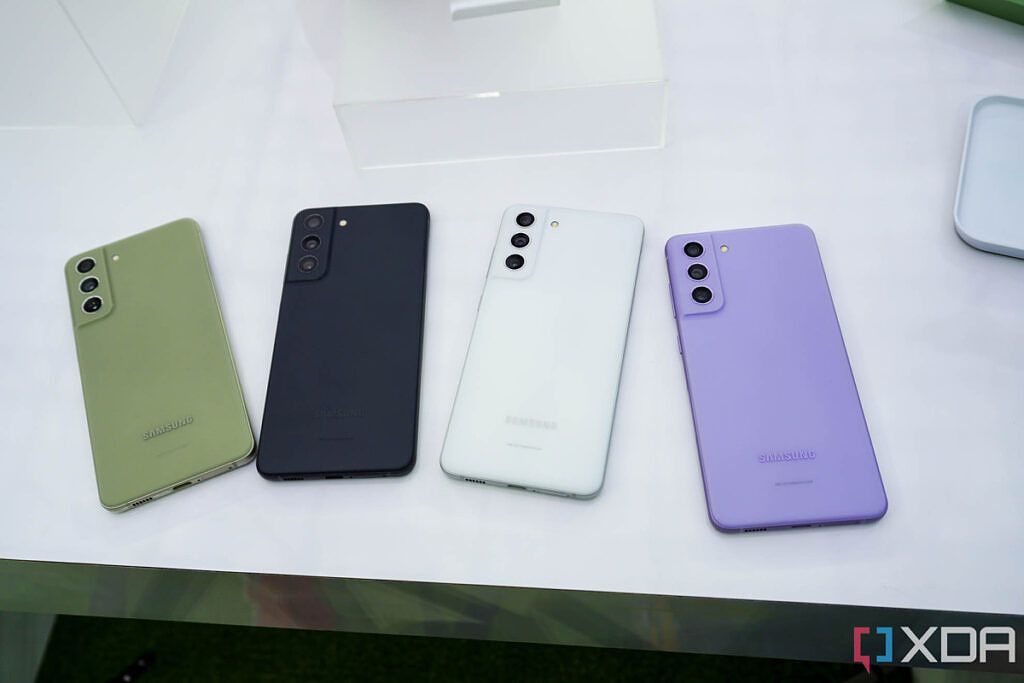Quick Links
The dilemmas associated with choosing a smartphone to buy only get more complicated with every new release. With companies revealing new phones all year round, customers have plenty of brands, models, and qualities to choose from. Depending on your budget, you will find yourself facing several devices with varying features for the same price tag. Samsung has announced its latest Fan Edition phone — the Galaxy S21 FE — starting at $699. For the same amount of cash, you can buy Apple's iPhone 12. So which affordable phone is right for you? We can't state as that's an almost completely subjective matter. However, we can help by breaking down the specifications and laying out the details of each for you to judge and decide accordingly. This is the Samsung Galaxy S21 FE versus Apple's iPhone 12 — the battle between two affordable phones.
Samsung Galaxy S21 FE vs Apple iPhone 12: Specifications
|
Samsung Galaxy S21 FE |
Apple iPhone 12 |
|
|---|---|---|
|
CPU |
Qualcomm Snapdragon 888 |
Apple A14 Bionic |
|
Body |
|
|
|
Display |
|
|
|
Cameras |
|
|
|
Memory |
|
|
|
Battery |
|
|
|
Connectivity |
|
|
|
Water Resistance |
IP68 |
IP68 |
|
Security |
Optical in-display fingerprint sensor |
Face ID |
|
OS |
One UI 4 based on Android 12 |
iOS 15 |
|
Colors |
|
|
|
Material |
|
|
|
Price |
Starts at $699 |
Starts at $699 |
Build and Design
The Samsung Galaxy S21 FE and Apple's iPhone 12 are very different when it comes to their builds and designs. For starters, the Galaxy S21 FE has a plastic back, while the iPhone 12 has a glass one. Both materials have their pros and cons, so depending on your preferences, you can decide which material earns the extra points.
The back of Samsung's latest Fan Edition phone will likely survive an accidental drop. Plastic is more shatter-resistant than glass, and scratches won't be as apparent. In addition to that, plastic doesn't leave behind fingerprint marks as much as glass. So the back of the phone will probably look cleaner than that of the iPhone 12. It undoubtedly looks cheaper and not as premium as the iPhone's design, but all materials come with pros and cons.
iPhone's glass back gives it a shinier, high-end look. It's a neat slab of glass that reminds us of the iPhone 4 era. However, the back is more likely to get shattered or scratched when dropped. Additionally, it can be a fingerprint magnet, especially for users with oily hands. You can protect it against that with a case, but this would conceal its original design and feel.
When it comes to design, both phones have a vertical arrangement of rear cameras. However, the Galaxy S21 FE's camera bump isn't as popping as the iPhone's. If we look at the front, Samsung's has a hole-punch camera while Apple's has a notch. They both feature thin bezels with no bottom chins on either device. When it comes to the hole-punch/notch argument, the matter is purely subjective. Some people prefer the former while others adapt faster to the latter. Ultimately, the devices look completely different — which one appeals to you is based on your personal taste. It's worth noting, though, that the iPhone is available in six colors, compared to S21 FE's four.
Display
As we've mentioned above, the two affordable phones come with obvious front differences. The Galaxy S21 FE includes a hole-punch camera, while the iPhone 12 features the same notch from previous Face ID iPhone models. Both devices have a full-screen, edge-to-edge display that makes watching content or gaming as immersive as it gets. Some people find the notch intrusive, while others find it cleaner than the hole-punch design. It's really up to you to decide which display looks more natural to you and matches your usage patterns.
When it comes to quality, the iPhone 12 objectively beats the Galaxy S21 FE. The former has a higher resolution of 2532 x 1170p compared to the latter's 2340 x 1080p. Additionally, Apple's phone support HDR and Dolby Vision content. However, there are some other aspects where Samsung shines over the iPhone 12.
The Galaxy S21 FE comes with a bigger 6.4-inch display that beats Apple's 6.1. Additionally, it comes with a 120Hz refresh rate — double iPhone's 60Hz rate. This makes scrolling through lists and some animations smoother. Some people might consider the bigger display a con, though. So it really depends on your priorities and what you're looking for in a mobile screen to decide which phone's display works better for you.
Speaking of displays, the Galaxy S21 FE comes with an optical in-display fingerprint sensor. This allows you to unlock your phone by placing your registered fingertip on the actual screen. On the other hand, Face ID is what secures Apple's iPhone 12. Considering we're in the middle of a pandemic that requires us to wear masks, a lot of people are going to prefer the fingerprint reader over facial recognition. However, if you're deep in the Apple ecosystem, you can unlock your Face ID iPhone with an Apple Watch when you're masked.
Performance
When it comes to performance, there are a lot of aspects that we must take into consideration. While the iPhone 12 is over one year old, you shouldn't undermine the power of Apple's A14 Bionic chip. Additionally, while the Galaxy phone has just been released, its processor is also over a year old. We've taken a look at benchmarks to compare the A14 Bionic with the Snapdragon 888 to highlight the strengths and weaknesses of each of the processors. If we look at the overall chip score, the A14 Bionic wins. However, the Snapdragon 888 does have some pros over Apple's.
The A14 Bionic beats the Snapdragon 888 in single and multi-core CPU performance tests. Additionally, it is more efficient when it comes to battery consumption and has a 9% higher CPU clock speed. However, Snapdragon 888 beats the A14 Bionic in gaming performance. It scores higher when it comes to GPU performance in games and OpenCL/Vulcan. Additionally, it has two more cores, supports 20% higher memory bandwidth, and shows up to 10% better AnTuTu scores (while draining more battery).
If you plan on actively using your new phone for gaming, then you might want to consider the Galaxy S21 FE. That's not to say the iPhone 12 isn't a great gaming phone, though. The A14 Bionic chip still has a higher overall score and will be gentler on your precious battery juice. Ultimately, they're both flagship processors that were released in late 2020 — so they're not the latest, but they're still mighty and capable.
Cameras
Cameras can be the main selling point for a certain category of users. I've personally met people who just ask "Does it take good photos?" right before purchasing a device (if they receive a positive answer from the seller). On the surface level, we have a clear winner here — the Galaxy S21 FE. To break down both devices' cameras, let's start with the front. Both phones have a single front-facing camera, However, Samsung's 32MP beats Apple's 12MP. They both have an aperture of f/2.2, so there's no competition from this aspect.
When it comes to rear cameras, the Galaxy phone has three, while the iPhone has only two. They both have primary and ultra-wide lenses, but Samsung's has a telephoto lens as a bonus. The common lenses are all rated as 12MP, but they have differing apertures. The primary camera on the iPhone dominates Samsung's from this angle. While the Galaxy's ultra-wide lens has a better aperture and a slightly wider field of view.
The Galaxy S21 FE comes with an 8MP telephoto lens. Additionally, the phone supports up to 30x space zoom and 3x optical zoom. It's great for selfies, too, considering it has a significantly better front-facing camera. So if taking better photos is what you're looking for, you might want to consider buying a Samsung Galaxy S21 FE.
Battery Life and Charging
The Galaxy S21 FE has a bigger battery and can charge faster than the iPhone 12. As the specification table displays above, Samsung's supports a higher wattage when it comes to both wired and Qi wireless charging. Additionally, the Galaxy supports reverse wireless charging, allowing you to charge another device or accessory on the go — so it can act as a wireless power bank. It's a very useful feature that could come in handy if you're always on the go and often forget to charge your earbuds.
Apple states that the iPhone 12 can play up to 65 hours of audio and 17 hours of offline video on a single charge. Obviously, these numbers differ based on your settings, environment, and use. Samsung promises an "all-day battery" so it's safe to assume that you won't need to charge either of the devices more than once per day. Ultimately, neither of them has bad battery life. Taking Samsung's faster and reverse charging capabilities into consideration, the Galaxy S21 FE wins over the iPhone 12 in this round.
Galaxy S21 FE vs iPhone 12: Which one should you buy?
We've broken down the main features and specifications of each device. Which one should you buy completely depends on your preferences and priorities. If you want a phone that takes better photos, you can consider getting the Galaxy S21 FE. If you want a faster phone that just works and will remain supported through software updates for a longer time, then the iPhone 12 is for you. Some people have operating system preferences. So if you're in the Apple ecosystem and would only buy an iPhone, then the iPhone 12 is the right choice, obviously. Similarly, if you can't stand the Cupertino giant and its walled garden and ecosystem, then the Galaxy S21 FE is what you should look into. Both phones start at $699, but the Samsung includes more storage in the base model.
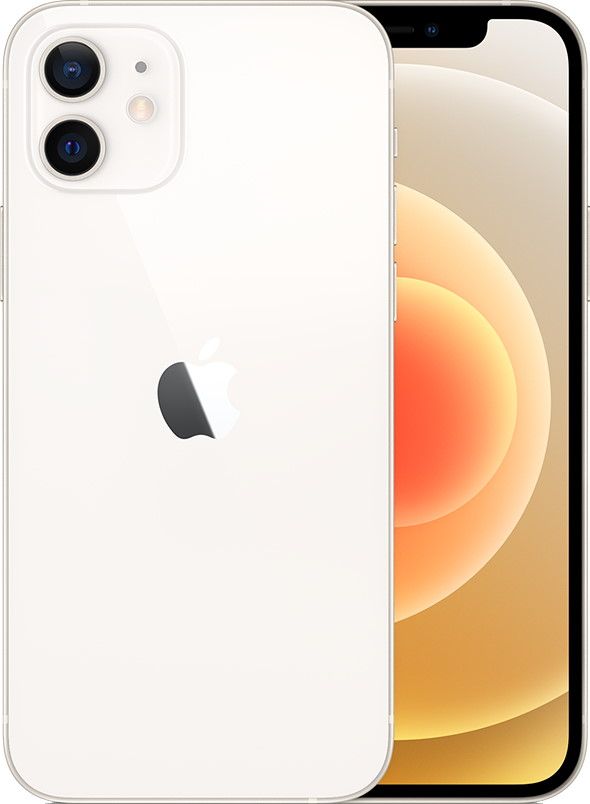
Apple iPhone 12
The iPhone 12 is powered by the A14 Bionic chip and runs the latest iOS 15. It's faster, more compact, and has a clearer display.
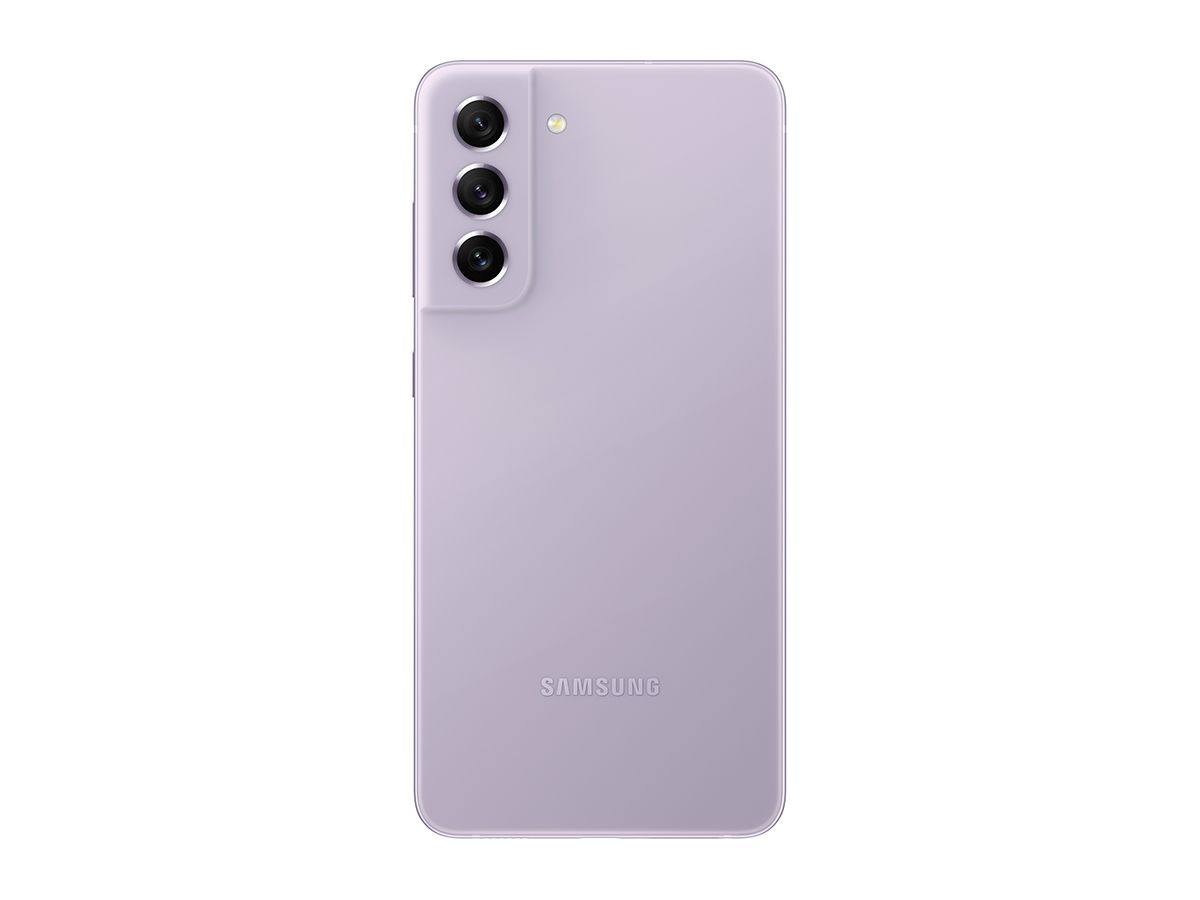
Samsung Galaxy S21 FE
The Galaxy S21 FE will become available on January 11. It is powered by the Snapdragon 888 chip, charges faster, supports reverse charging, and has a bigger display. It runs One UI 4, based on the latest Android 12.
Which of the two affordable phones will you be buying, and why? Let us know in the comments section below.

